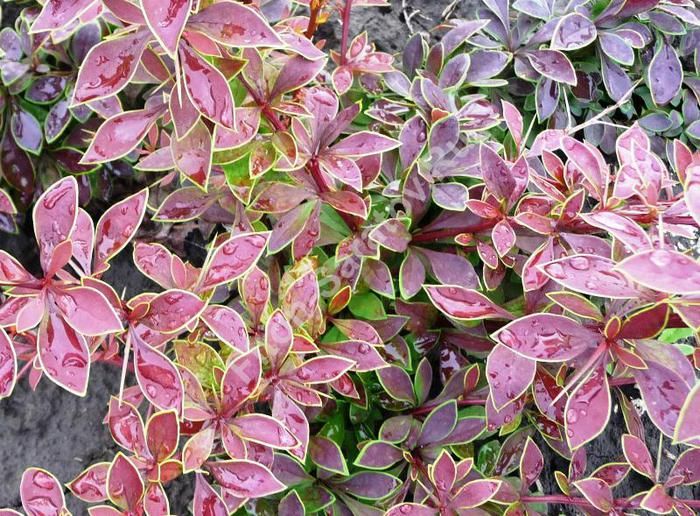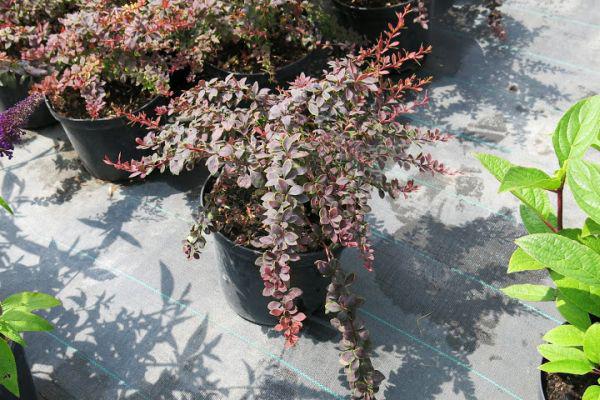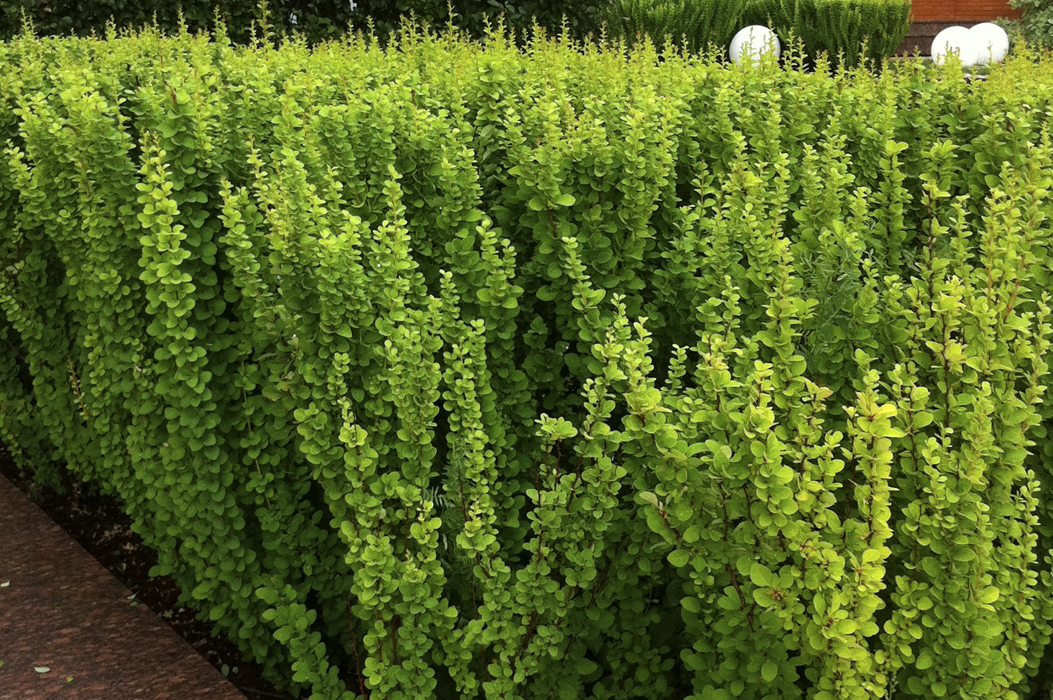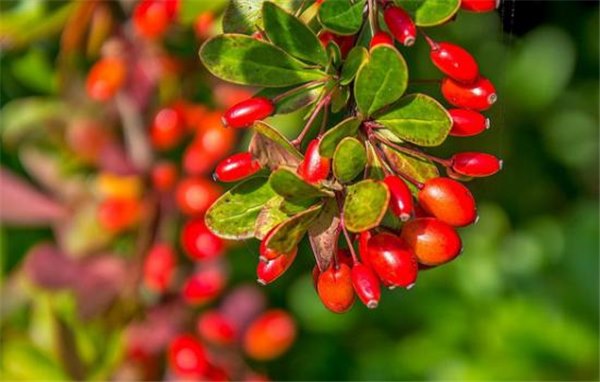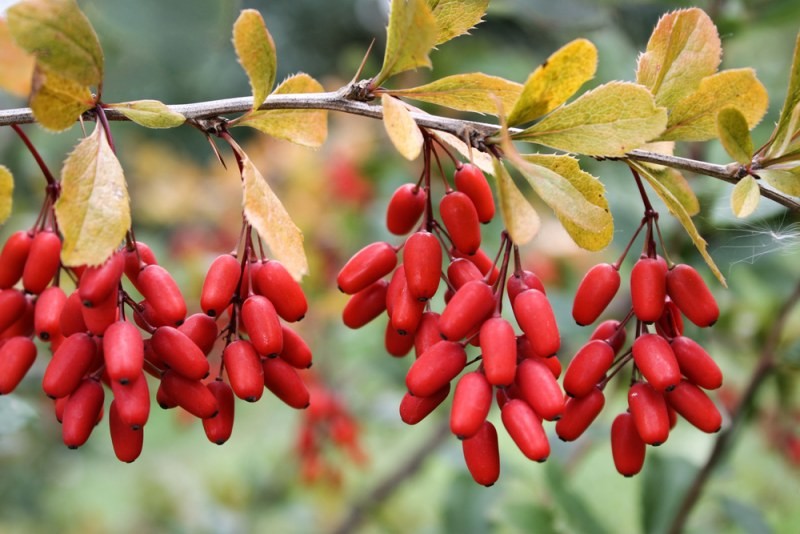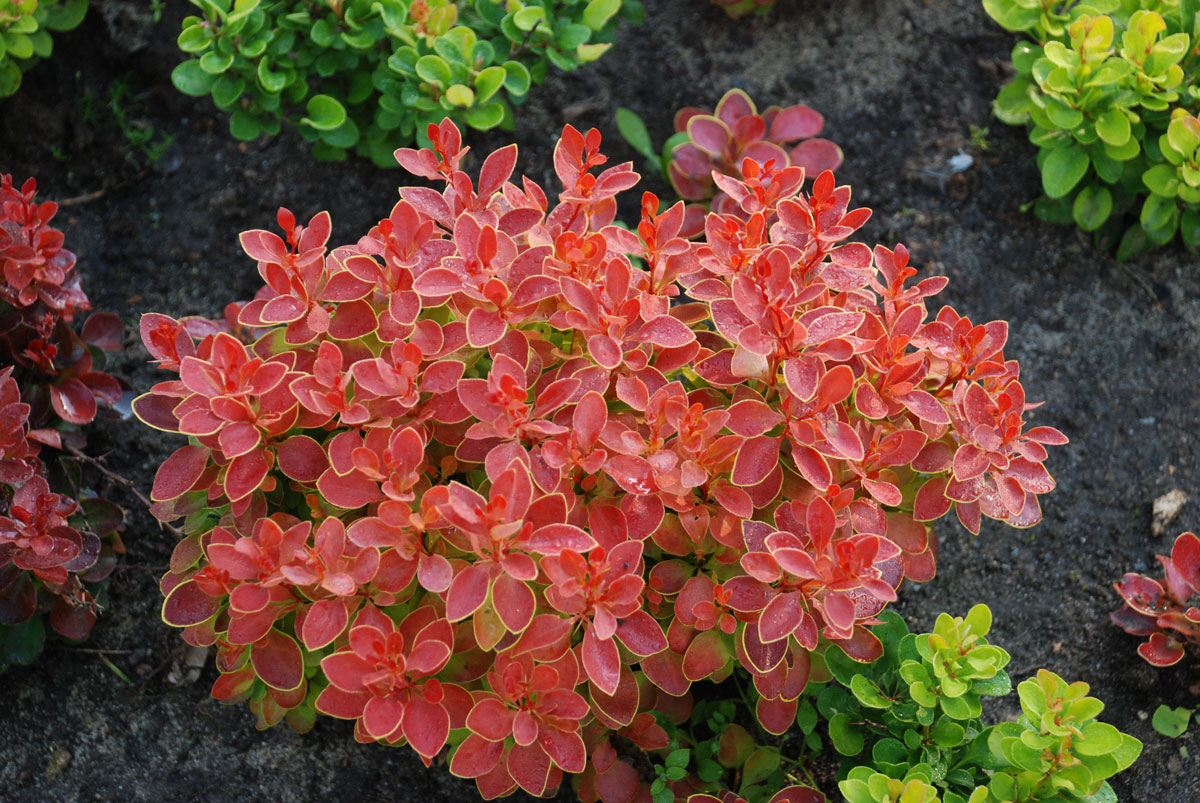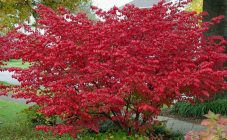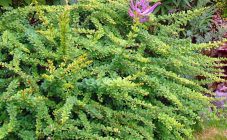Content:
For the decoration of plots, many gardeners use the planting of barberry shrubs. This ornamental plant is very attractive, it can decorate any site, due to its unpretentiousness, it attracts gardeners even more. Barberry Thunberg Coronita is one of the options. Barberry of any variety has an attractive appearance: in the presence of pointed smooth leaves with a variety of colors, beautiful bright flowers.
A bit of history
The homeland of this ornamental shrub is China and Japan. In our area, shrubs appeared and took pride of place in many gardens in Russia. Due to the peculiarity of the bushes, Coronita barberry is able to change the color of the foliage throughout the season, which constantly increases the popularity of the plant. Under natural conditions, the culture prefers sunny, illuminated places, therefore, when choosing a landing site in your site, this feature must be taken into account.
Features of culture
Barberry Koronita belongs to ornamental shrubs of medium height, which have arched branches. The height of the bush does not exceed 0.5-1 m. The shape of the plant is quite spreading, cushion-like. The bush can be up to 1.5 m wide. The root system is superficial, it is important to be very careful when weeding, removing weeds and loosening the root zone. Throughout the season, the growth of the bush averages about 10 cm.
In total, Coronita stands out among other varieties for its original appearance. A feature of this variety is that bright beautiful leaves in autumn sometimes change color to a bright purple color. Even the thorns of the bushes are very bright and immediately attract attention. They are quite large in size, pink in color, with a creamy shade, juicy and attractive.
Another feature of the variety, which most gardeners and landscape designers use with success, is that plantings can be given any shape and appearance during the pruning of branches. The inflorescences, densely located along the entire length of the branches, have a bright yellow color. In the harsh climatic conditions of the Russian climate, the plant adapts perfectly and grows well without great difficulties, it feels great in hot and cool weather.
The barberry Koronita blooms by the end of the spring period, and in the fall, the shrubs are decorated with beautiful bright red fruits. But it is not worth eating them, since they are not only inedible, but also poisonous. Eating the fruit can cause severe digestive upset and poisoning. The only purpose of the fruit is to further decorate the bushes.
Features of use
The description of the variety of barberry Koronita will not be complete if you do not indicate the scope of the plant. As it has already become clear, it is impossible to use the fruits for food, therefore the plant is used exclusively for decorative purposes. In landscape design, the use of barberry bushes is multifaceted.
Many people use such plantings as hedges and curbs.The bushes are easy to trim and reshape. In our country, it is impossible to use boxwood shrubs for decorative purposes, barberry bushes of this variety will be an ideal alternative. They make it possible for the gardener to embody any fantasies. Since the growth of the barberry shrubs of Thunberg Coronita is small, the hedges will not be too high, but with the right haircut they are very beautiful.
Often, these bushes are used to create rock gardens and beautiful compositions in the garden.
Growing features
Despite the unpretentiousness of the plant, when growing barberry bushes, you should adhere to certain rules and instructions of agricultural technology.
Landing requirements
The bushes of this plant do not show great demands. They grow equally well in sunny places as well as in the shade. Still, planting plants in areas where there is no sun at all is not recommended. It is best to keep the soil fresh and present with drained substrates. Barberry prefers fertilized and moist soil, so during cultivation, plantings should be regularly watered and fertilized.
The plant tolerates frost well, however, younger shrubs are prone to freezing. If there are severe frosts in the area where the bushes of the Thunberg Coronita barberry are grown, then it is recommended to transfer them indoors for the winter. An adult plant overwinters well if the planting sites are insulated in the fall.
Landing
Seedlings are planted in open ground only after the end of spring frosts. Before planting, a container with a seedling is placed in water so that the soil is saturated with moisture and flakes off from the roots. Before planting, the root system is very carefully cleaned of the soil.
For each seedling, a hole is dug, at least 60 cm deep. At the bottom, a drainage layer of gravel and sand of 15 cm is organized. Then a layer of peat is laid. In the hole, the roots of the seedlings are neatly distributed, and then sprinkled with earth.
A distance of about 1.5 m should be maintained between the bushes so that the crown and shoots have enough space for development.
You should not darken the plant too much, but it is still worth protecting the bush from direct sunlight until it gets stronger. With proper care, barberry bushes develop very quickly after planting.
Care features
Like any other plant, barberry bushes require regular watering and feeding throughout the season. Watering is often unnecessary, once a week is enough. It all depends on the amount of natural precipitation and soil characteristics.
For full growth, shrubs require timely supply of oxygen to the roots. For this, it is important to timely remove weeds in the root zone and loosen the soil. If you do not follow such simple requirements, then stagnation of water may form, which will lead to the weakening of the plant, and sometimes death.
From the second year of germination of the shrub, it is necessary to prune. Weak and undeveloped shoots are removed. Shrubbery is cut twice a year. After this procedure, the bushes become more beautiful: the leaves are brighter, and the crown is denser.
Young bushes should be covered with paws for three years to withstand frost.
Pests and diseases
Much can harm the beauty of this ornamental shrub. It is worth considering the most common problems that gardeners may encounter when growing the Thunberg Koronit barberry.
| Problems | Signs | Ways to fight |
|---|---|---|
| Barberry aphid | Reshaping and drying of leaves | As a preventive measure, treatment should be carried out in the spring with a solution of laundry soap (300 g dissolves per bucket of water.soap) or tobacco solution (500 g of tobacco is added to the soap solution) |
| Flower moth | The fruits are eaten by insects | If caterpillars began to appear, treatment with chlorophos solutions 0.1-0.3% or decis 0.05-0.1% should be carried out |
| Powdery mildew | Light bloom of a mealy character on the upper and lower parts of the leaf, on fruits and shoots, in the fall, small black bodies-cleistocetia are formed, in which the fungus lives until spring | For treatment, a solution of colloidal sulfur (0.5%), sulfur-lime broth or a mixture should be used. Processing is carried out at intervals of 2-3 weeks. The most affected shoots and leaves are destroyed by burning |
| Wilt caused by fungal wilt | First, the bush fades on one side, and then completely. At the same time, when the shoots are cut, coarse rings are clearly visible | The spread of the disease will help to stop the timely removal of affected shoots and the treatment of bushes with compounds to combat fungal diseases |
| Bacteriosis | Shoot overgrowth, cancers and cracks. First, small watery spots form, which gradually turn dark in color | Will help the removal of damaged shoots and treatment with growth stimulants |
Advantages and disadvantages
The variety of barberry Thunberg Koronita has a lot of advantages and advantages over other varieties:
- versatility in landscape design;
- beautiful appearance;
- easy to cut and trim to any shape;
- beautiful color that changes throughout the season;
- simplicity of use.
As a disadvantage, it should be noted that such a bush on the site will be exclusively decorative. Its fruits are not allowed to be used for food. If there are small children, then certain problems may arise, since they constantly try to pull everything into their mouths, especially what grows on the bushes in the garden.
As you can see, when creating a beautiful site, it is worth considering as an option the use of Thunberg barberry bushes of the Koronita variety. Many have long appreciated all the characteristics of this plant and have successfully used it to create beautiful compositions.
